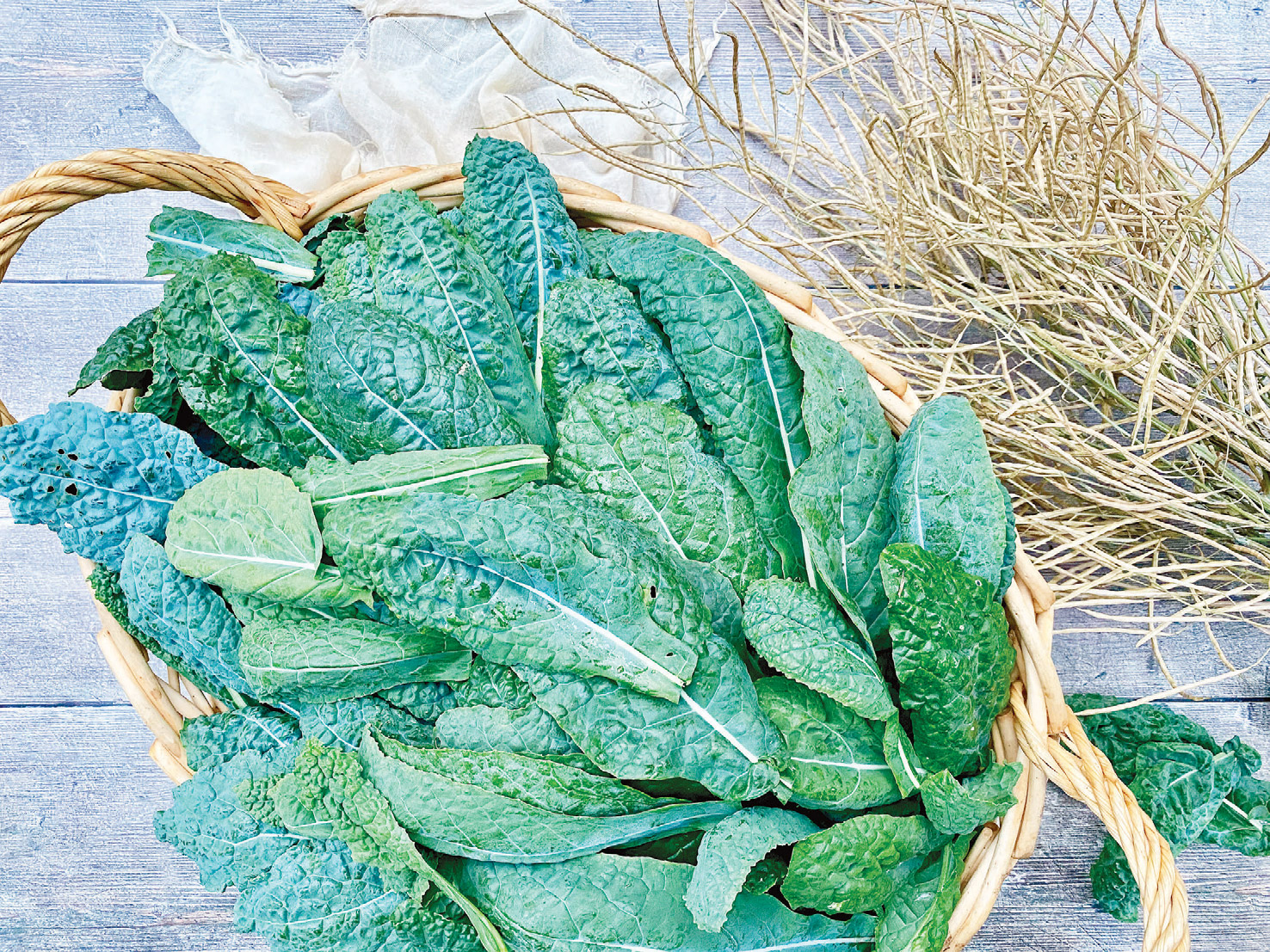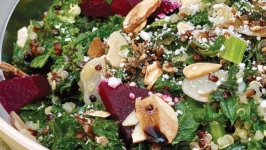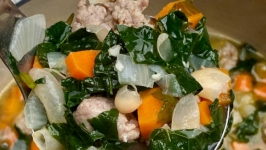The Underappreciated Tale of Kale
Everyone gravitates toward bright orange baby carrots, green-striped cucumber slices, and crisp, red radishes that adorn most crudite boards. Stores can’t keep their shelves stocked with cauliflower rice when nutrition-conscious college students start blowing through their newest grocery allowances. But mention that you enjoy noshing on kale chips during half time or topping your quinoa bowl with sauteed garlic and kale on a cold winter night, and your friends may just disown you. Why does kale always seem to get the short end of the stick when it is a tasty, versatile, powerhouse of a vegetable?
Kale has been around for thousands of years, but only started gaining popularity among the very health-conscious about a decade or so ago. Yet, its allure still hasn’t really trickled down to the masses. And that’s unfortunate, because it is as delicious as it is nutritious, but only if you know which varieties are the sweetest (despite the popular belief, not all kale is bitter!) and how to prepare it (it’s not hard at all). And trust me when I say this. Before I fell in love with kale, I was a kale hater too. Now, I try to eat it and grow it in my garden as often as I can.
Kale comes in many shapes and sizes (and colors). Most people think of curly kale, and while curly kale’s ruffled edges are attractive, it has a very distinct, pungent flavor. It’s not as tender or sweet as the dark green, wrinkled leaves of Dinosaur kale. Dinosaur kale is known by many different names, so when you are at the grocery store or farmers’ market, keep an eye out for its other pet names: Tuscan kale or Lacinato kale. There’s also Redbor kale, which has frilly, magenta-colored leaves. Its crisp texture holds up well when cooked, but it loses some of its color. If eaten raw, it tastes like a mild cabbage. Last, but not least, is baby kale. If you’ve ever bought an oversized, plastic tub of baby salad greens, more likely than not, you’ve eaten baby kale too. Oftentimes, it’s mixed in with other tender greens like spinach, lettuce, and arugula. If you have a vegetable garden, you can pick kale leaves when they are still small. You’ll get the same nutritional benefits when eating these tender leaves as you would eating mature kale.
According to the Mayo Clinic, “kale is a nutritional superstar due to the amounts of vitamins A, K, B6 and C, calcium, potassium, copper and manganese it contains. One cup of raw kale has just 33 calories and only seven grams of carbohydrates. So, it’s a very diabetes-friendly/weight-friendly vegetable.” It’s also a member of the cruciferous vegetable family, like cauliflower, Brussels sprouts, and broccoli, so it offers many other health benefits as well. “The only people who may need to avoid or limit kale intake are those that form oxalate-containing kidney stones or take the blood thinner Coumadin/warfarin. Be sure to check with your doctor or dietitian if you have questions.”
Unlike spinach or lettuce, which tends to wilt quickly when cooked, kale holds up very well when it’s roasted, sauteed, steamed, or stir fried. It can be added to soups, frittatas, quiches, quinoa, and even white pizza (it’s so good as a pizza topping, especially if you’ve sauteed it with garlic first!). It can be eaten raw in salads or blended into smoothies.
Folks who’ve had bad experiences with kale in the past may not have known that kale loves to be stripped and massaged. I know, I know, but just hear me out. Mature kale stems are tough, bitter, and very fibrous — it doesn’t matter the variety. They should always be removed before eating. An easy way to do this is to hold a piece of kale by its stem in one hand and strip the leafy green away from you using your other hand. Alternately, you can use a sharp knife to cut off the leaves from their stems, but I find this method to be more of a hassle. If you are going to eat kale raw, or add it to salads, gently massage cut-up kale leaves with a little olive oil, salt, and lemon juice (or white vinegar). The longer you let kale leaves sit, the more tender they’ll become. Dehydrated kale leaves also make really delicious chips. Don’t knock them until you’ve tried them!
When shopping for kale, choose bunches that have dark green leaves and firm stalks. Avoid kale that has started to wilt or is brown. Kale can be kept in the refrigerator for about five days. A trick that my mother taught me was to loosely wrap kale in an old (clean) kitchen towel and to store it in the refrigerator. If the kale starts to wilt before you get a chance to use it, though, soak it in a bowl of cold water for a few hours, and it will perk right up.
Dinosaur kale is a personal favorite of mine. It’s not only delicious, but it’s also easy to grow. If seeds are sown outdoors in the spring, be sure to cover seedlings with mesh to help deter cabbage moths from laying eggs on tender leaves. (Refer to the Old Farmer’s Almanac website for helpful kale-growing tips.) The kale in the photographs accompanying this article, and that were used in my recipes, were planted in October. I overwintered them, and they continued producing until the end of July the following season. Not bad, considering I only paid a few dollars for a packet of seeds!
So, the next time you see kale on the menu, or are offered a bright green, kale smoothie by a well-intentioned, health-conscious friend, don’t turn up your nose. Just dig right in.







